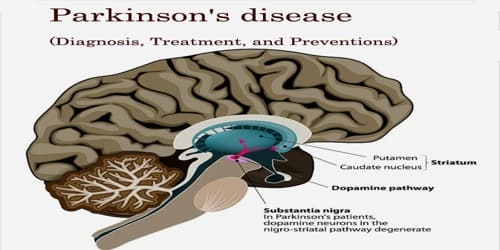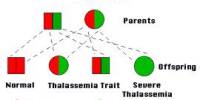For many people with eye diseases, corneal transplants may be the last option left to restore clear vision. Over 184,000 corneal transplant procedures are carried out annually worldwide, with about 80,000 taking place in the United States each year.
However, rejection rates for the corneal grafts can be as high as 10%. This is mostly because patients do not adhere to their prescribed treatment plans, which call for repeated applications of topical eyedrops over an extended period of time.
When patients exhibit early signs of transplanted corneal rejection, this situation becomes particularly serious. Patients must use topical eyedrops hourly to prevent the corneal transplants from failing when this happens.
The tedious process of eyedrop dosing causes a tremendous burden for patients. The resulting noncompliance to medication treatment can lead to even higher graft-rejection rates.
The use of nanoparticles to encapsulate the drug in corneal grafts may increase their success, according to research led by a team at Virginia Commonwealth University. According to a report recently published in Science Advances titled “Six-month effective treatment of corneal graft rejection,” the unique strategy may considerably increase patient compliance.
To improve patient compliance and treatment efficacy, we developed a tiny nanoparticle (around 200 nanometers) that in animal studies enables the release of the drug up to six months after a single subconjunctival injection along the eyeball.
Qingguo Xu
Each nanoparticle contains dexamethasone sodium phosphate, one of the most widely used corticosteroids for treating various ocular diseases such as ocular inflammation, non-infectious uveitis, macular edema, and corneal neovascularization.
Patients would just need one injection following corneal transplant surgery instead of periodic eye drops by employing nanoparticles to manage the medication’s release over time. Our research has demonstrated that utilizing this approach, the drug maintains its efficacy on a corneal graft rejection model for six months.
In addition, the method requires far smaller doses than current routine eyedrop treatment while offering improved efficacy and safety profiles because the medication is given gradually and directly where it is most required.
Qingguo Xu, D.Phil., the principal investigator of this project and an associate professor of pharmaceutics and ophthalmology at VCU School of Pharmacy, collaborated with Justin Hanes, Ph.D., the Lewis J. Ort professor of ophthalmology at Johns Hopkins University.
Xu said, “To improve patient compliance and treatment efficacy, we developed a tiny nanoparticle (around 200 nanometers) that in animal studies enables the release of the drug up to six months after a single subconjunctival injection along the eyeball.”
Tuo Meng, Ph.D., who worked on the project as a doctoral student at VCU and is the first author of this paper, said, “In our preclinical corneal graft rejection model, the single dosing of the nanoparticle successfully prevented corneal graft rejection for six months.”
Most significantly, the nanoparticle method prevented corneal graft rejection for six months and restored early rejection symptoms.
















